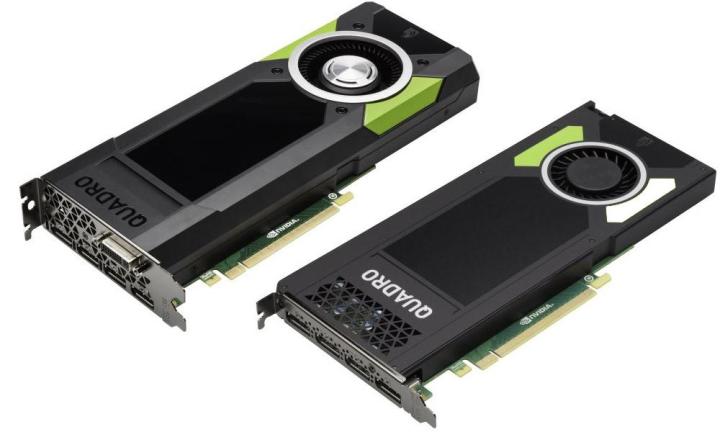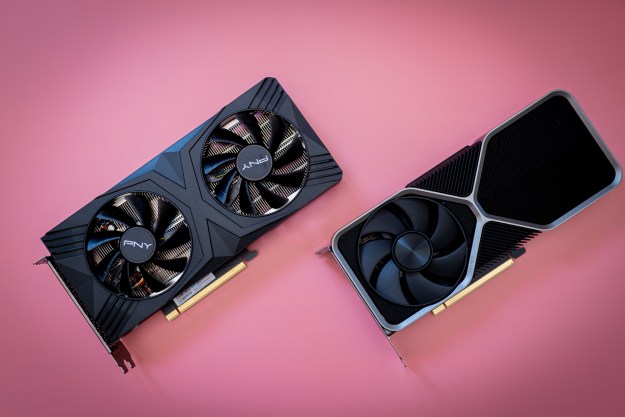
The two new cards, the M5000 and M4000 Maxwell-based GPUs, were announced at the Special Interest Group on GRAPHics and Interactive Techniques (SIGGRAPH) conference. They will replace the last generation K5200 and K4200 professional graphics cards and are expected to offer roughly double the performance of their older counterparts.
Related: Nvidia begins shipping machine learning hardware to Tesla, Bentley and others
This is expected not only because Nvidia has said so, but because the previous Quadro release, the M6000, which debuted in April, made a similar jump beyond its predecessor.
There is more significance to these new releases than just having two faster GPUs. As Tom’s points out, if true, this would make the single-slot Quadro M4000 a match for the much larger, older performance crown holder: the Quadro K6000.
To back up all this speculative salivating, we also have some specifications. The M4000 will have 1,664 CUDA cores and will be able to power up to four 4K resolution displays. It will have 8GB of on-board GDDR5, running at 6Ghz, which will deliver 192 GBps of bandwidth. Overall performance is said to be 2.6 teraflops, with an overall power draw of just 120 watts.
In comparison, the more powerful M5000 bundles in some extra CUDA cores resulting in a total of 2,048, but they’re paired with the same 8GB of GDD5 and 256bit bus. However, that memory operates at a slightly higher frequency (6.6GHz), giving it an expanded bandwidth of 211GBps.
Overall performance is double that of the M4000, giving the M5000 4.3 teraflops in overall performance, for only a modest increase in power draw to 150 watts. It can also support the same number of high resolution displays, which is double that of previous generation cards.
The M5000 is however a double-slot card, so takes up a lot more room than the M4000.
Editors' Recommendations
- Nvidia RTX 50-series graphics cards: news, release date, price, and more
- Meet Blackwell, Nvidia’s next-generation GPU architecture
- Nvidia is the ‘GPU cartel,’ says former AMD Radeon manager
- The prices of some GPUs are rapidly dropping
- Intel may already be conceding its fight against Nvidia





